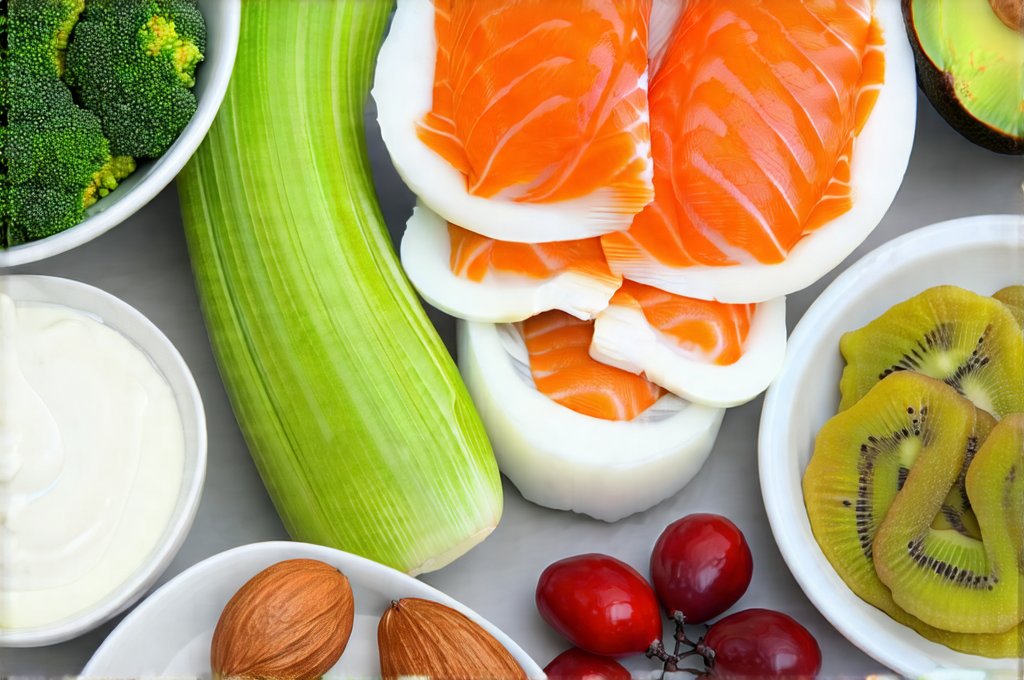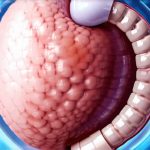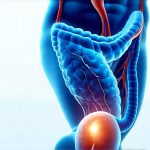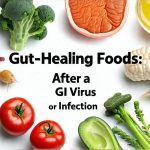Navigating digestive discomfort or recovering from procedures like endoscopy can significantly impact your ability to eat – and enjoying food is often tied directly to our overall well-being. When the gastrointestinal system is sensitive, even thinking about food can be stressful. Many individuals find themselves needing to temporarily adjust their diets to include foods that are gentle on the stomach and intestines, promoting healing and reducing irritation. This isn’t about deprivation; it’s about strategic nourishment, selecting options that support your body’s recovery process without exacerbating symptoms.
The concept of a “soft food diet” often conjures images of blandness and restriction, but this doesn’t have to be the case. A thoughtful approach can incorporate flavorful, nutritious foods while minimizing digestive stress. The goal is to choose items that are easy to chew, swallow, and digest – essentially reducing the workload on your already sensitive system. This involves considering both texture and ingredients, favoring options that are low in fiber, fat, and strong spices, and focusing instead on gentle proteins, easily digestible carbohydrates, and soothing fruits and vegetables prepared in specific ways. soft foods after endoscopy can be particularly restrictive at first.
Understanding Soft Food Choices
A soft food diet isn’t a one-size-fits-all solution; the specifics will depend on why you need it. After an endoscopy, for instance, the initial focus is typically on avoiding foods that might irritate the esophagus or stomach lining while it heals. For those experiencing general gastrointestinal upset – perhaps due to a virus, food intolerance, or inflammatory bowel disease flare-up – the emphasis shifts towards minimizing overall digestive burden. Regardless of the cause, the underlying principle remains constant: prioritize ease of digestion and reduced irritation. Foods that are naturally soft, or easily modified into a softer texture, become your allies during this time.
Consider the difference between raw vegetables and cooked ones. Raw veggies offer valuable nutrients but can be harder to digest due to their high fiber content. Steaming, boiling, or pureeing vegetables breaks down the fibers, making them more accessible for a sensitive digestive system. Similarly, lean proteins like fish or chicken are generally easier on the stomach than fatty cuts of meat. The method of preparation is crucial; grilling or frying adds fat and can increase irritation, while baking, poaching, or steaming retains nutrients without adding unnecessary stress to your gut. Ultimately, listening to your body’s signals is paramount – what feels comfortable for one person may not for another. It’s important to understand why gut recovery after vomiting requires specific care and attention.
It’s also important to recognize the difference between a short-term soft food diet after a procedure and longer-term dietary adjustments needed to manage chronic digestive conditions. While temporary restrictions are often lifted as healing progresses, individuals with ongoing issues may need to maintain certain modifications indefinitely, focusing on identifying trigger foods and adopting a sustained approach to gentle digestion. supporting gut microbiome recovery can be crucial for long-term health.
Building a Soft Food Meal Plan
Creating a balanced soft food meal plan involves considering all essential nutrients – protein, carbohydrates, fats, vitamins, and minerals – while adhering to the principles of ease of digestion. Breakfast options could include oatmeal made with water or lactose-free milk, scrambled eggs (cooked softly), or yogurt (again, lactose-free if needed). Lunch and dinner might feature mashed potatoes, well-cooked pasta with a light sauce, poached chicken breast, or steamed fish. Snacks can consist of applesauce, bananas, or broth-based soups.
Hydration is critical during recovery. Water should be your primary beverage, but you can also include clear broths, herbal teas (avoiding those that are overly stimulating), and diluted fruit juices. Avoid carbonated beverages, caffeinated drinks, alcohol, and excessive sugar, as these can exacerbate digestive issues. Don’t be afraid to experiment with different textures within the “soft” framework; some individuals may tolerate pureed foods better than mashed ones, while others prefer finely chopped options. The key is finding what works best for you. Remember that a soft food diet isn’t meant to be permanent – it’s a stepping stone towards resuming a more varied and enjoyable eating pattern. Restoring your gut health after illness may require probiotic strategies to rebuild the microbiome.
Navigating Common Challenges
One of the biggest challenges with a soft food diet is preventing nutrient deficiencies, especially if it’s prolonged. While focusing on easily digestible foods is important, you still need adequate protein, vitamins, and minerals to support healing and overall health. Incorporate sources of lean protein whenever possible – even small portions can make a difference. Consider adding fortified foods like lactose-free yogurt or nutritional supplements (under the guidance of your doctor) if you’re concerned about deficiencies.
Another common issue is boredom. Eating the same limited range of foods day after day can become monotonous and discouraging. This is where creativity comes into play. Experiment with different herbs and spices (in moderation), explore variations on familiar recipes, and incorporate new soft food options as tolerated. For example, instead of plain mashed potatoes, try adding a small amount of lactose-free sour cream or chives for flavor.
Foods to Avoid During Soft Food Periods
Certain foods are consistently problematic during periods of digestive sensitivity and should generally be avoided. These include: – High-fiber foods like raw vegetables, whole grains, nuts, and seeds – Fatty or fried foods, which can increase stomach upset – Spicy foods, which can irritate the esophagus and intestines – Acidic foods like citrus fruits and tomatoes, which can exacerbate heartburn – Caffeine and alcohol, which can stimulate bowel movements and worsen inflammation – Carbonated beverages, which can cause bloating and discomfort
It’s also wise to be mindful of food intolerances. If you suspect a particular food is triggering symptoms – even if it’s generally considered “soft” – eliminate it from your diet temporarily and see if your condition improves. Food diaries can be incredibly helpful in identifying these triggers. The microbiome and immune recovery are closely linked, so dietary choices matter.
Reintroducing Foods Gradually
As your digestive system recovers, the goal is to gradually reintroduce more complex foods into your diet. This should be done cautiously and systematically, starting with small portions and monitoring for any adverse reactions. Introduce one new food at a time, allowing several days to assess its impact before adding another. If you experience symptoms like bloating, diarrhea, or heartburn after introducing a new food, remove it from your diet and try again.
This process requires patience and self-awareness. There will likely be setbacks along the way, but don’t get discouraged. Each attempt provides valuable information about your individual tolerance levels and helps you refine your dietary choices. Eventually, with careful planning and mindful attention to your body’s signals, you can regain a comfortable and enjoyable relationship with food – even after experiencing digestive challenges. Using probiotics during this phase can be very beneficial for rebuilding gut flora.


















